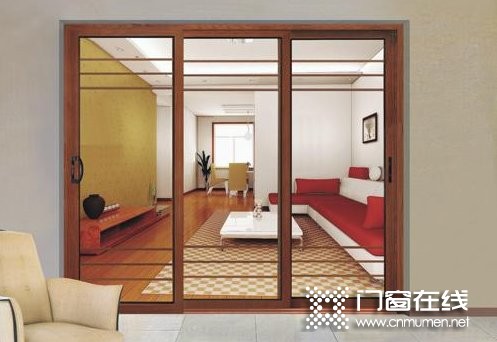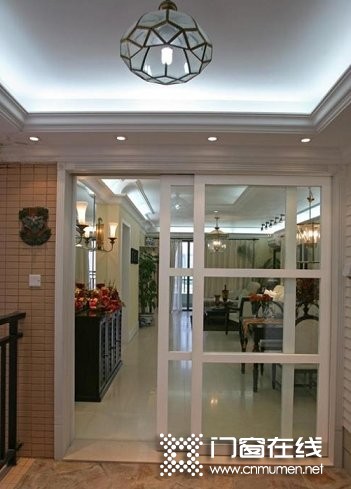Sliding door and sliding door are two common doors in life, but many people are not clear about the concept of sliding door and sliding door, today, I will show you the differences between the lower sliding door and the sliding door and some of their advantages and disadvantages.
1. What are the differences between sliding door and sliding door?
1. Differences in use: sliding doors are generally used for cabinet door, cloakroom doors, closet doors, partition door, shower door, etc.; Sliding door are used for balcony doors, kitchen door, bathroom doors, and can also be used for entry door, etc.
2. Different parts: sliding doors only have partition function, generally not door set and sleeve wire; Sliding door not only requires partition function, but also requires sealing, heat preservation, sound insulation and other functions, therefore, there are generally door set and sleeve wire, and the door set frame has a hook, which makes the sealing stronger.
3. Different thickness of profiles: the profiles used for sliding doors are relatively thin, most of which are 0.8mm ~ 1.0mm thick profiles; While the thinnest profiles of sliding door are 1.0mm thick, and the thicker ones are even 1.8mm thick, sliding door weight is bigger, stronger and bearing force stronger.
4. The locks used are also different: sliding doors generally do not have locks; More than sliding door locks are installed.
5. Differences in hardware pulleys: sliding doors are generally lower pulley complete, and sliding door is generally only lower pulley.

(Image Source Network, invasion and deletion)
II. Introduction to some advantages and disadvantages of sliding doors and sliding door
(I) advantages and disadvantages of sliding doors
1. Advantages
sliding doors are mostly used as cabinet door, clothes singing room door, closet doors, partition door, shower door, etc. Sliding doors can reduce the use space and have partition function. Roller skating is convenient, and sliding doors are generally complete with upper and lower pulleys.
2. Disadvantages
the profile used for sliding door is relatively thin and has no functions such as sealing, heat preservation, sound insulation, etc. If it is used as a Tibetan door, it cannot be repaired once it is broken.
(Ii) advantages of sliding door
1. Advantages
in summer, it has the effect of heat insulation. When the air conditioner is turned on, sliding door can be pulled up, and the indoor temperature can be quickly cooled. In winter, the balcony can block the snow and snow, thus achieving good heat preservation effect. Sliding door can make indoor and outdoor air convection and optimize the ventilation effect.
2. Disadvantages
sliding Door has very high quality requirements on its sliding rails, pulleys and other hardware. If its quality is not good, the service life of sliding door will not last long. During normal use, attention should be paid to the maintenance of hardware.

(Image Source Network, invasion and deletion)
the above is about the differences between sliding doors and sliding door and some of their advantages and disadvantages. When choosing to buy, we must make clear the differences, advantages and disadvantages between them, only in this way can we buy products suitable for ourselves.



